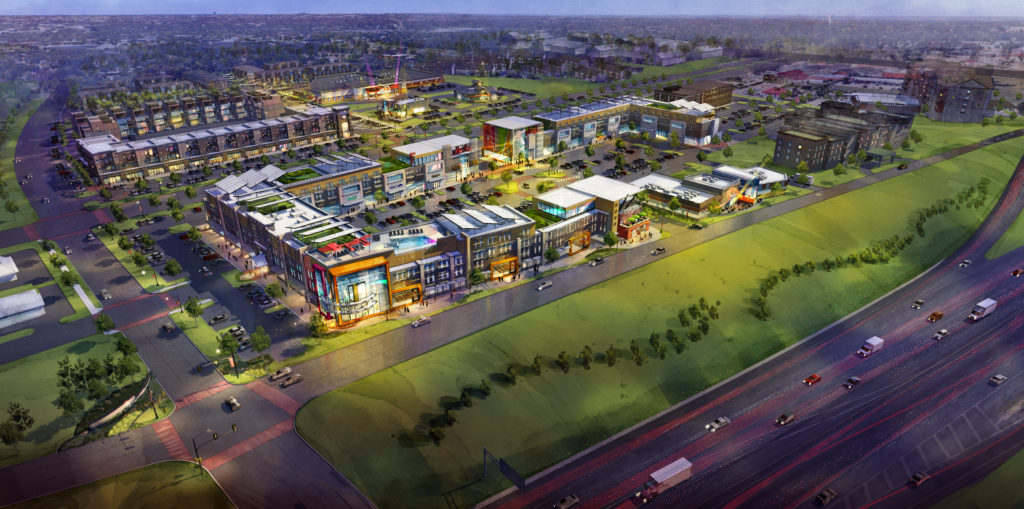How to Simplify Your Development Code Update

Updating your community’s development code can pose many challenges. But a revision could be essential for keeping up with changing state and federal laws, reflecting your long-range planning goals, increasing fair access to everyone, protecting public health and safety, and meeting expectations of your residents and developers.

To start a code transition, you’ll first need to appoint a project team and define the scope of the undertaking. From there, following these steps can help make the process manageable.
Collect and Review Relevant Documents
Create a central, accessible location for the multitude of documents that can inform the code revision: land-use, planning, and development documents; comprehensive plans; special area studies; thoroughfare plans; park and trail plans; subdivision regulations; and zoning ordinances. Consider whether vocal interest groups can to recent policies or studies worth adding to the document storehouse.
Review the documents identify gaps, inconsistencies, unnecessary redundancies, strengths and opportunities for improvement. Understand the community’s growth goals and look for major themes in planning documents to determine how those should influence the code. Are your rules ambiguous or confusing? What would make them easier to follow? Where can you eliminate conflicts or legalese?
Listen to Your Stakeholders
Building trust early in the process will lead to a strong and inclusive new code that reflects community values — and help with acceptance and support down the line. This means gathering information from key groups: staff, developers, elected and appointed officials, community groups, and the public.
Hold community open houses, public workshops, neighborhood meetings and official hearings to solicit input. Also use nontraditional means to reach underrepresented groups: online surveys and questionnaires; outreach materials in multiple languages; meetings at churches and other locations where residents will feel comfortable.
Create a Diagnostic Report
A holistic diagnostic report provides a detailed road map for the new code. This analysis reviews the existing code’s successes and failures, shows how well it aligns with the community’s long-range planning policies and highlights the input stakeholders have provided.
By explaining how the team examined the relevant documents and stakeholder feedback, this report sets the framework for the code rewrite.
Develop an Outline
An annotated outline that shows the existing code text alongside new code topics, text or formatting can help clarify changes and improvements.
This kind of outline ensures that the new code incorporates existing code regulations, while providing dedicated sections for new text or sections. It also makes it easier to see the code’s new organizational structure.
Write the New Code
Because drafting can take many months to more than a year, it’s important to give local officials and other stakeholders periodic progress reports.
The drafting process can be smoothed by initially focusing on sections likely to get the most attention from readers and users — zoning districts, land uses, development standards, and subdivision regulations. Here are some other tips:
- Keep regulations that currently work.
- Connect proposed regulations to the community’s long-range planning goals and objectives.
- Incorporate appropriate stakeholder input.
- Reflect the diagnostic report’s recommendations.
Revise, Revise, Revise
Revision is crucial for producing a new code that serves the community’s needs and ultimately gets accepted.
This process will involve multiple reviews, in ascending order from the staff through the planning commission, local officials and the public. Making revisions after each level of review will help simplify preparation for the next audience and the final product.
Adopt the New Code
Once a clean draft is prepared and has been reviewed by the community’s legal counsel, it’s ready for public hearings and a vote by the adopting body. While the code-transition process takes time and substantial work, a well-coordinated and thorough effort with clear goals can bring a community up to date and prepare it for the future.


